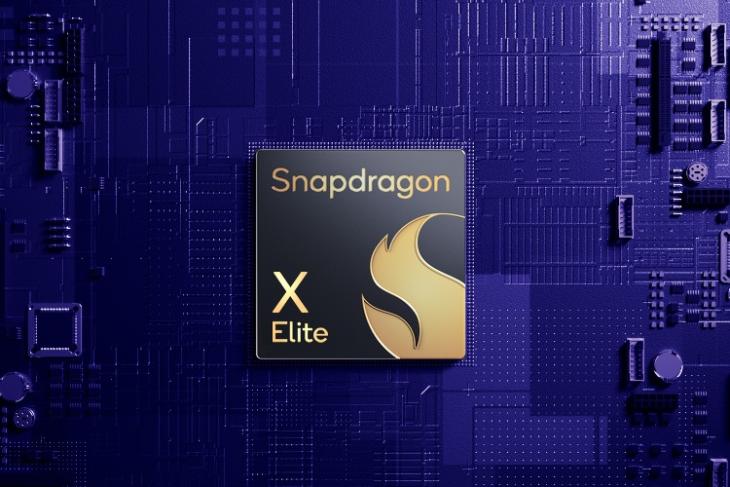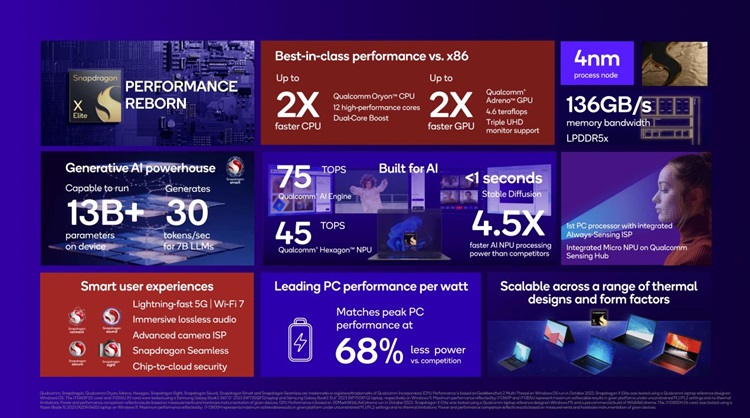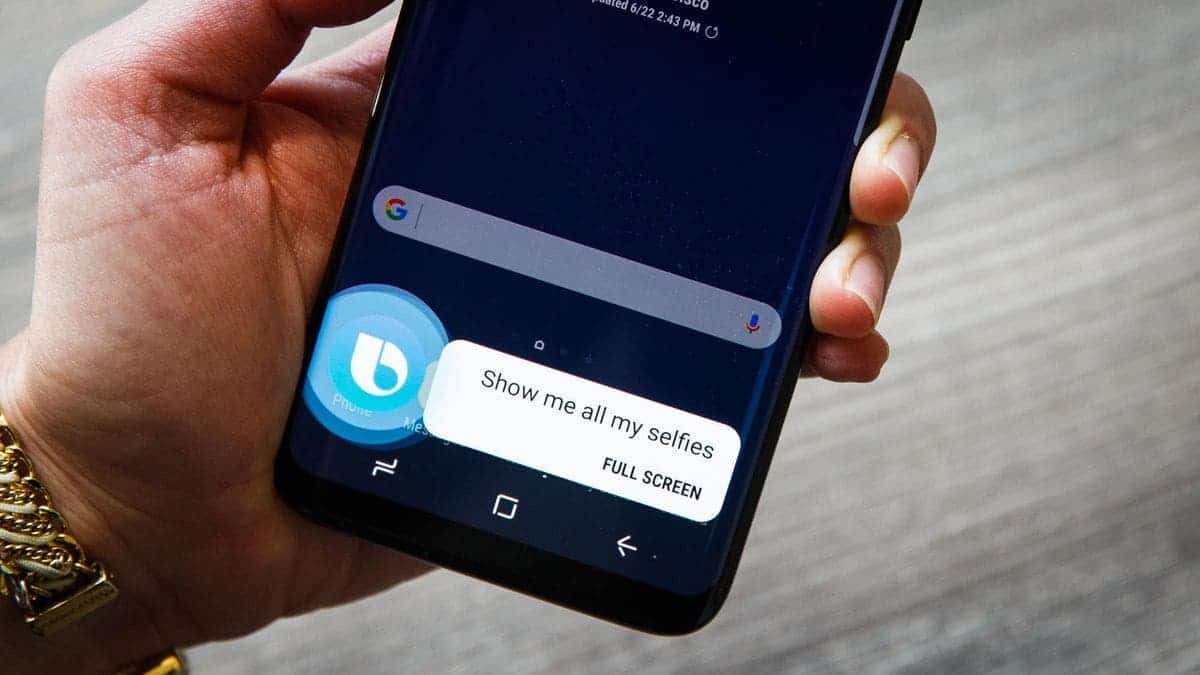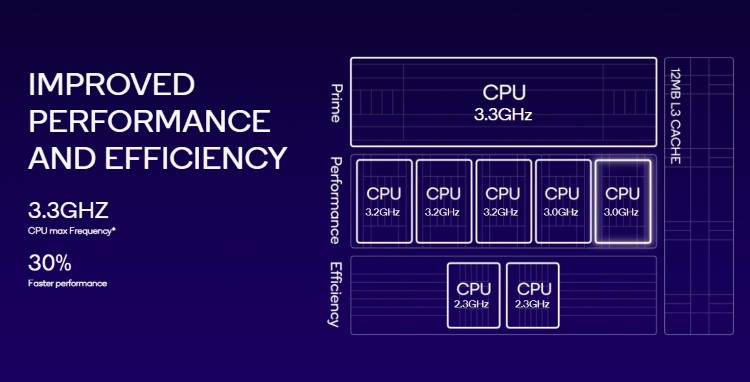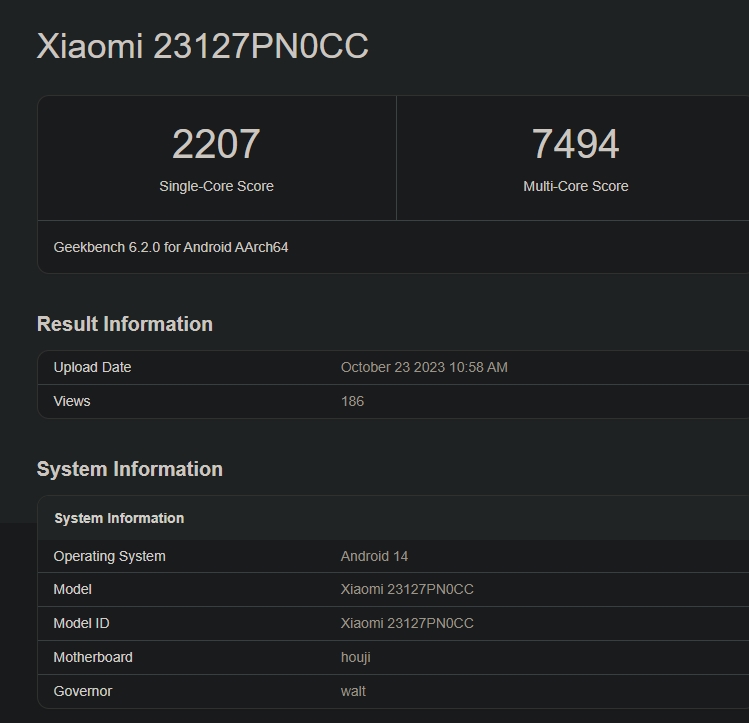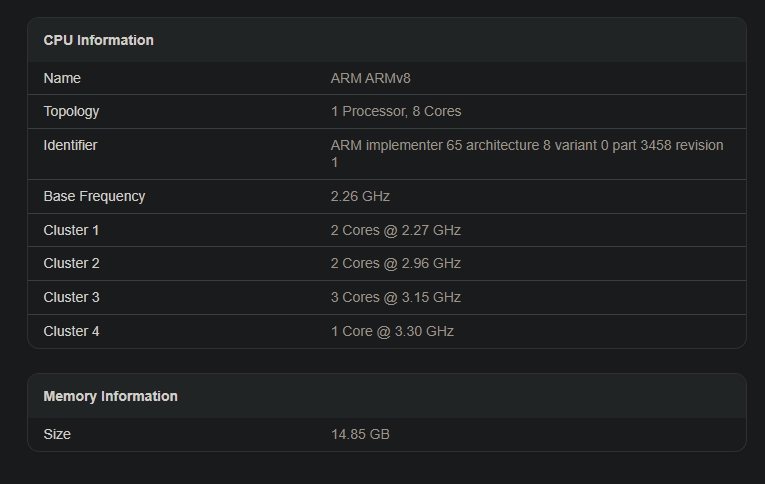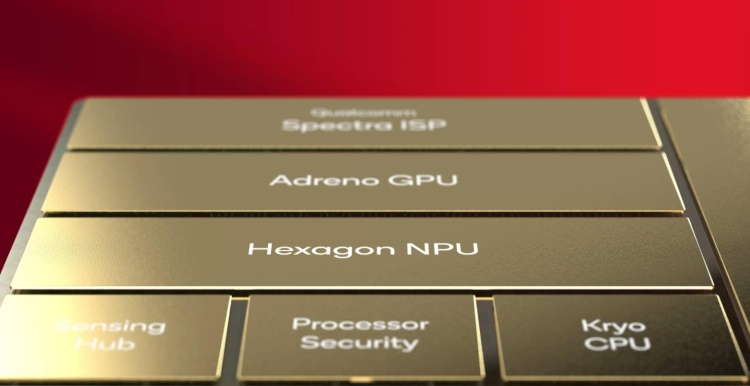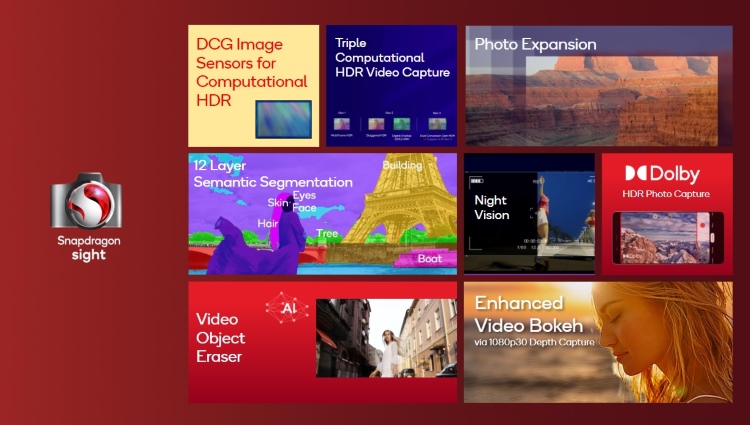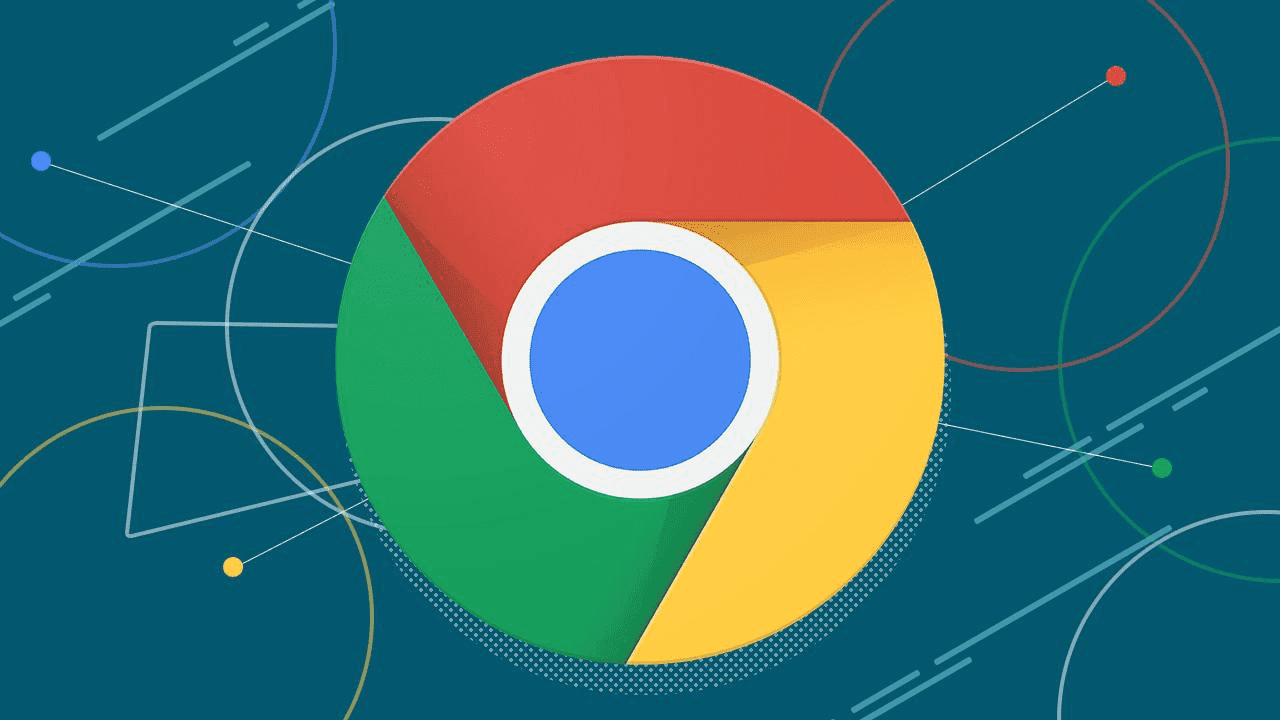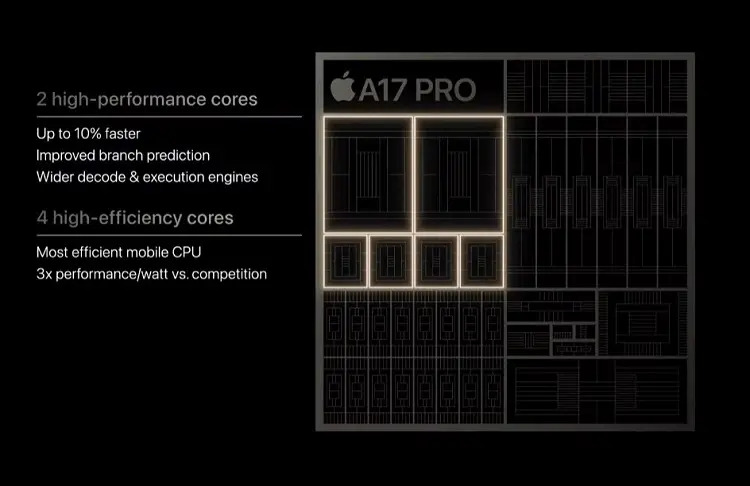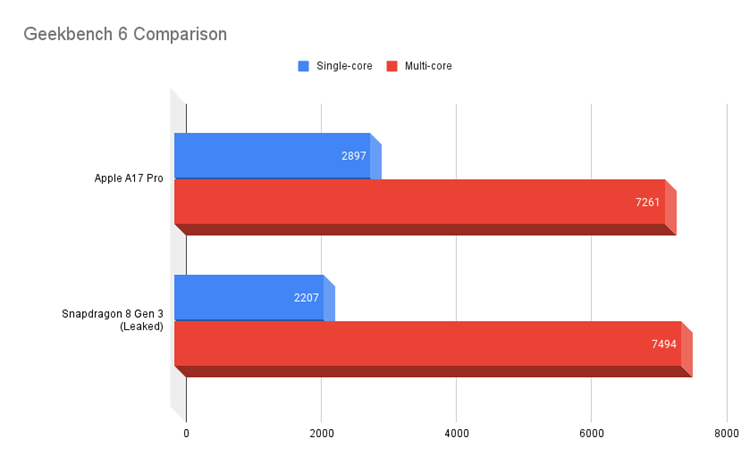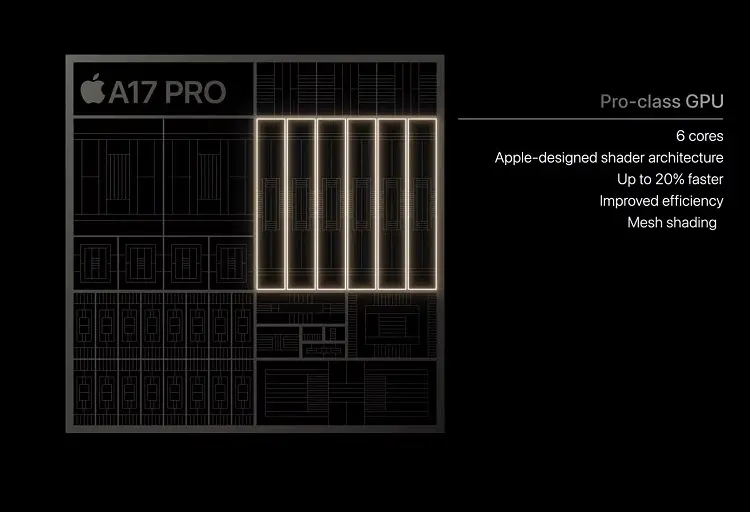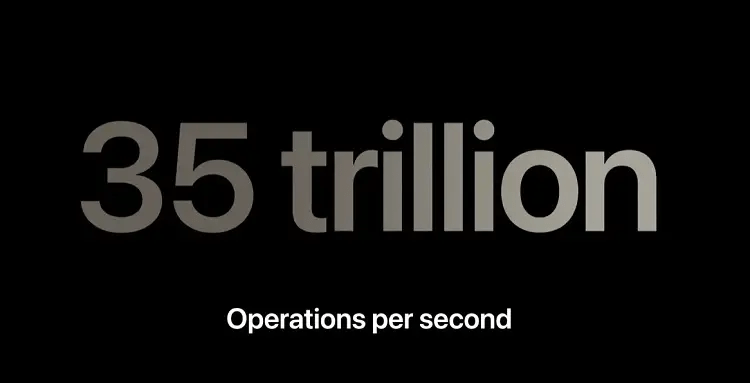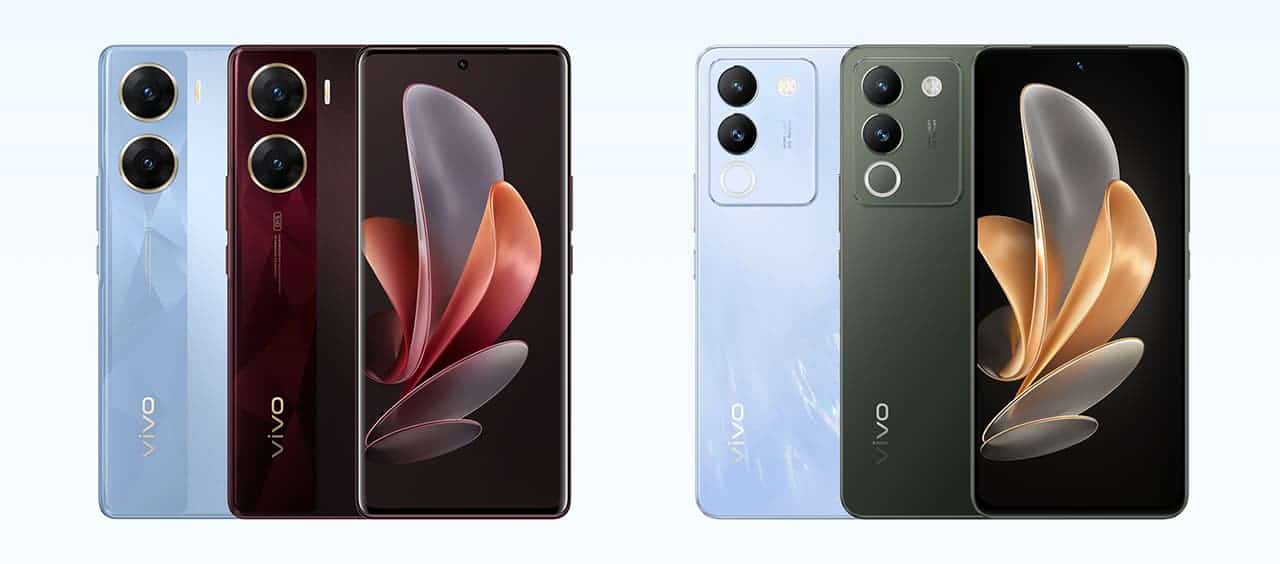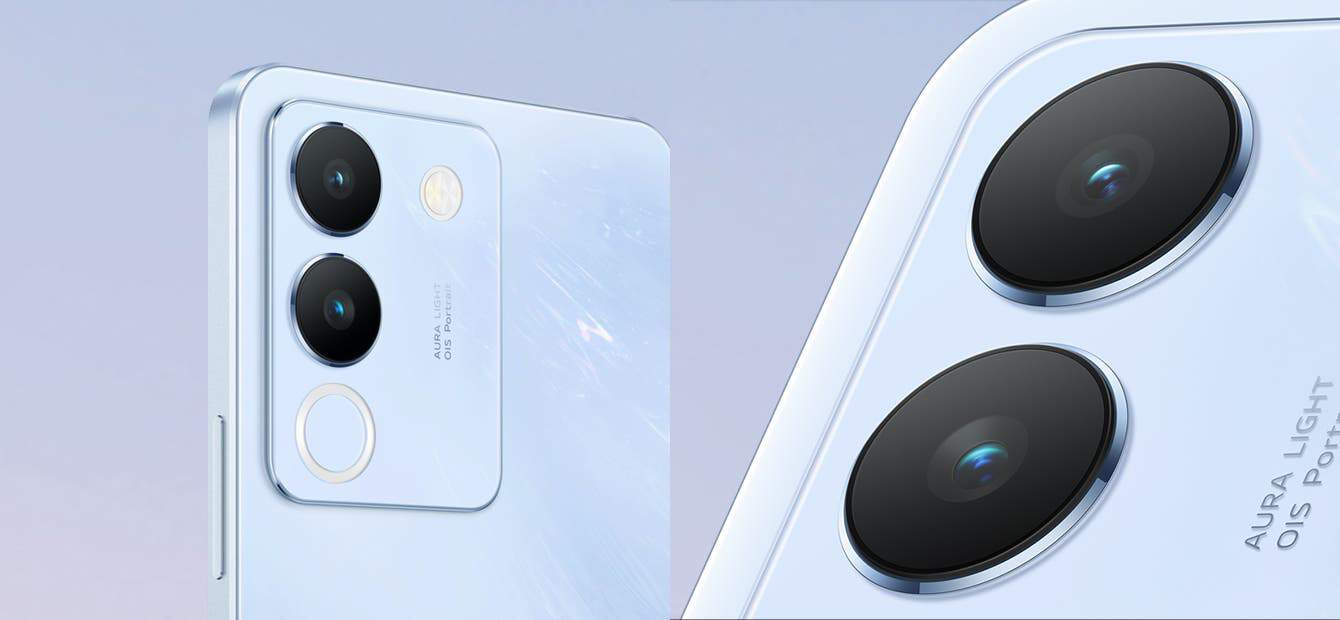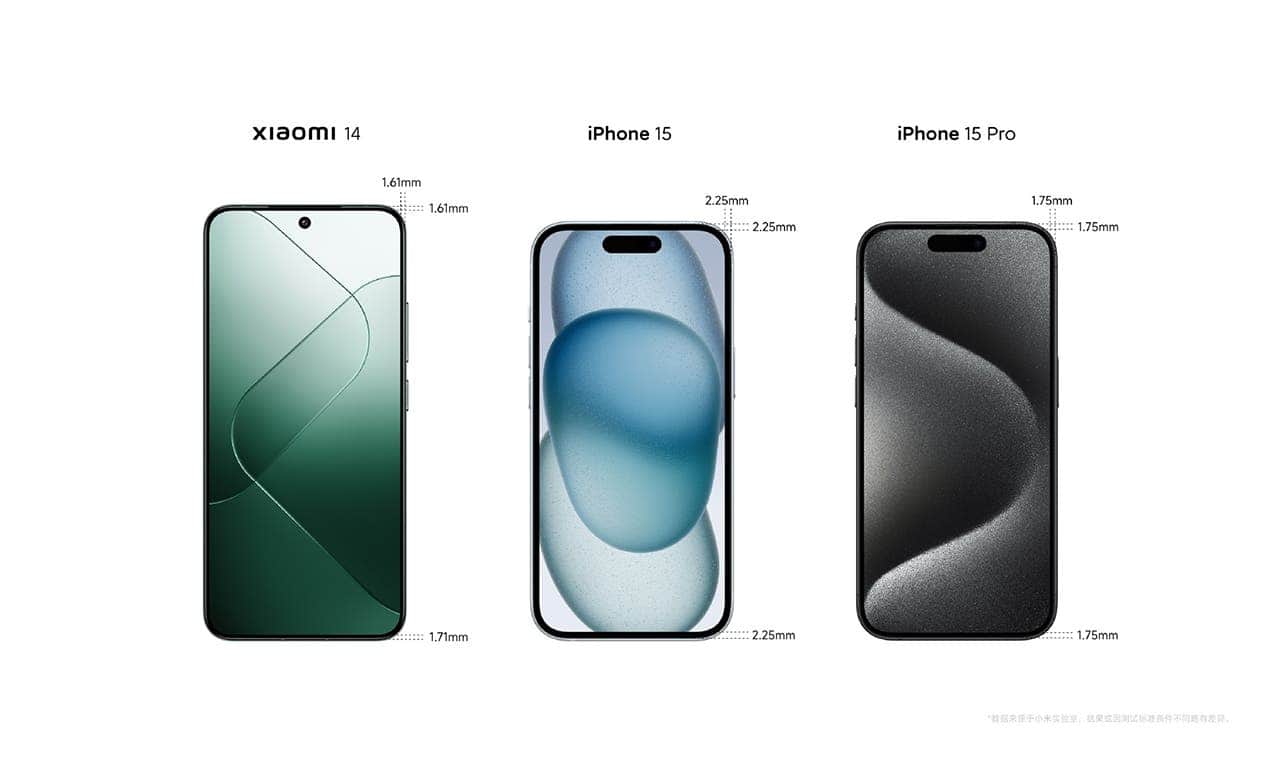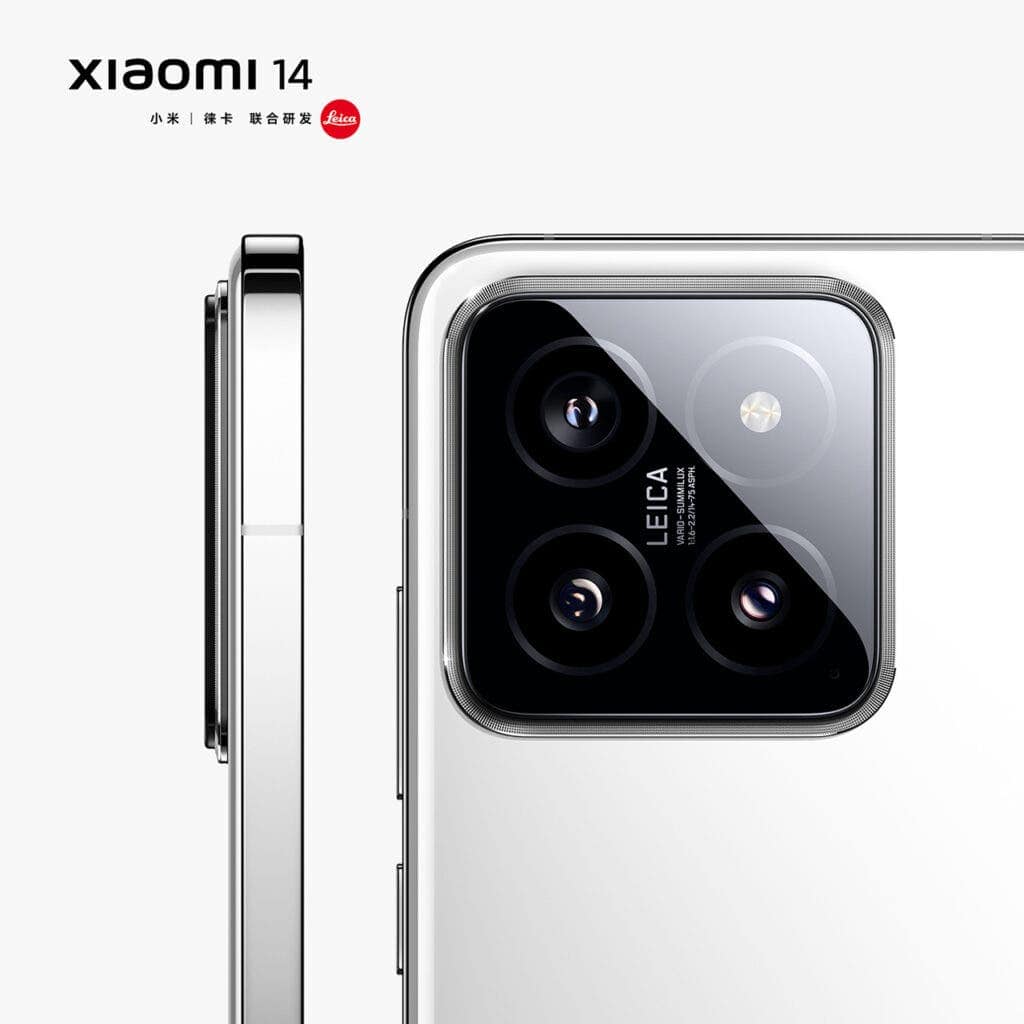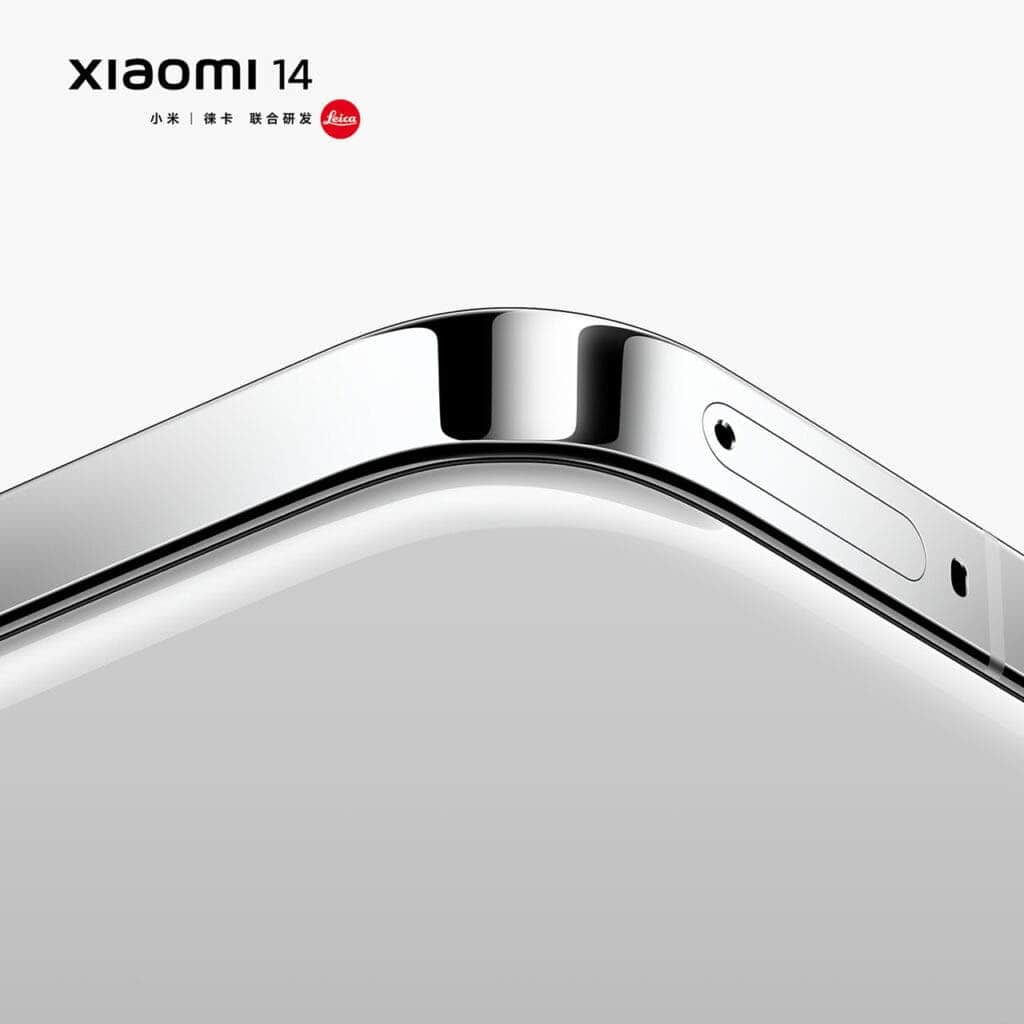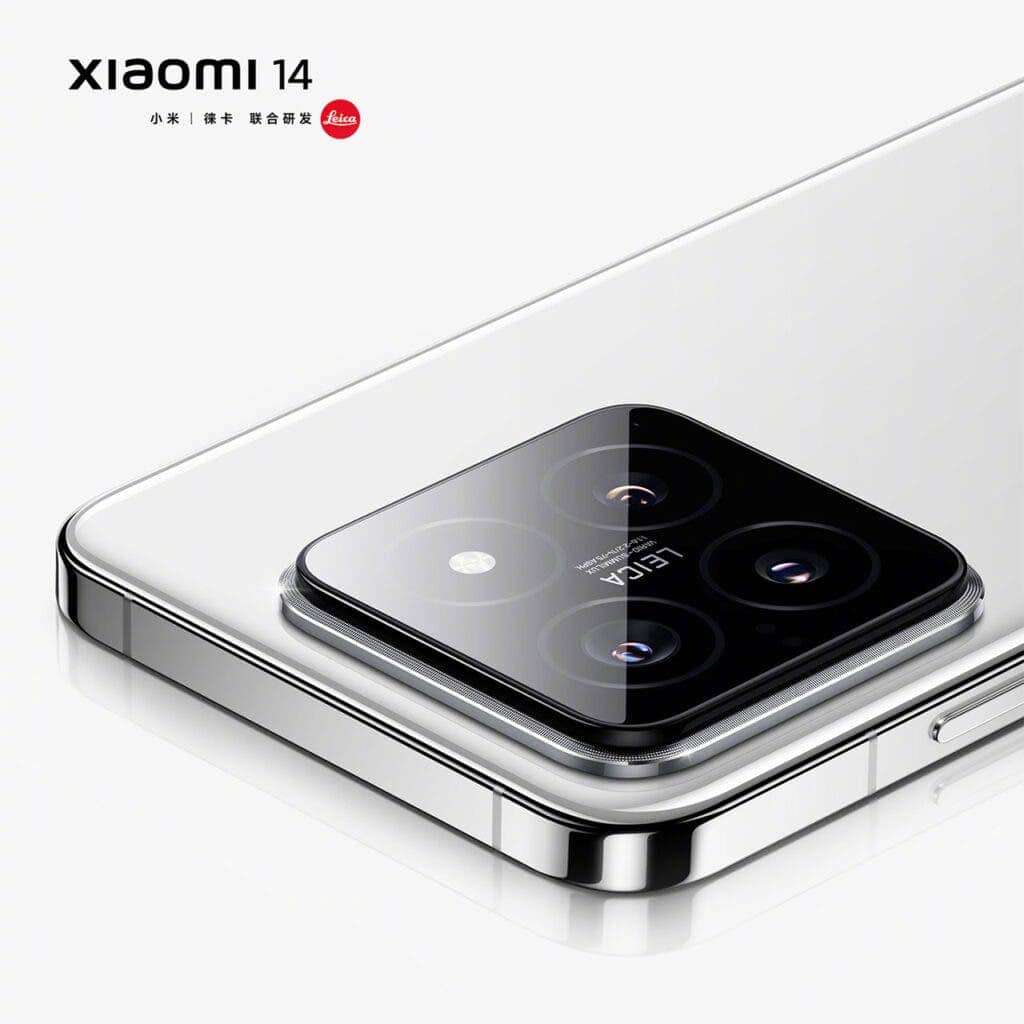
Mortal Kombat 1 just got hit with its largest update to date yesterday, but we didn’t know what all was contained within it.
That’s all changed now, however, as Warner Bros. has now released the full list of patch notes for MK1’s big October update.
Every character appears to have received changes in the new update although the vast majority of them appear to be bug fixes and minor adjustments.
There’s also a long list of general changes that impact just about every facet of the game including hopefully and finally fixing all move list errors.
And then there’s of course the nerfs / changes made to the Kameos as well like Cyrax and Kung Lao in particular though all of the assists seem to have been touched up too.
The update is only listed as being available for PlayStation and Xbox users, so PC and Nintendo Switch owners may be waiting a bit longer to receive the patch as well.
You can check out the full list of patch notes for MK1 below, which can also be found on the official website.
General Gameplay Adjustments
• Move list corrections
• Localization fixes
• AI adjustments & improvements
• Improvements to Screen Reader functionality
• Added Halloween Finisher, which is available in the Premium Store
• Added Halloween Variant to Cage Mansion Arena, available for free to all players
• Wu Shi Academy Arena Evening Variant, Koncept Art, & Music can now be unlocked by players
• Shrine can now be activated right away after receiving a reward
• Fixed cases where the yellow notification for New Items would not clear
• Fixed issue that sometimes causes players to not have access to DLC while Offline
• Adjusted camera placement for Goro (Kameo) & Motaro (Kameo) in Kustomize Photo Mode
• Fixed situation in Kameo Kustomize where randomizing Kameo Palettes would not save new setting
• Fixed miscellaneous circumstances of visual effects in Kustomize disappearing too quickly
• Added ability to Tag Moves to the screen during play from the Move List
• Move List now returns to last tab used & remembers if Advanced View is toggled
• Fixed a physics issue likely to occur when pausing at a certain timing in Tutorial Mode
• Tutorial Mode text adjustments & corrections
• Removed difficulty selection from Endless Tower in Klassic Towers
• Added Online Leaderboards to Klassic Towers
• Added Voice Chat Options to Mute Yourself & Mute Other Players to Main Menu Audio Options & Online Pause Menu
• In-game Ping / Connection Indicator can now be enabled in Online Options
• Added Forever King Mode to Online KOTH
• Fixed visual issues occurring after some brutalities were performed
• Fixed visual issues that sometimes occurred when a Quitality happened in the air
• Fixed an issue that could cut off some intro clash dialogue early
• Adjusted last hit animation when defeating your opponent with a jumping attack
• Increased default combo damage scaling on sweep & fast knockdown reactions
• Announcer will now say the Arena name after a Random Arena is selected
• Fixed several situations where facial animations would get stuck in one pose for an extended period of time
• Fixed several issues that could occur when defeating an endurance opponent
• Fixed several visual issues in Test Your Might
• Fixed several visual issues that could occur during victory cinematics
• Fixed a rare issue which could cause Player Select to become unresponsive if both players input a specific sequence
• Fix for several brutalities causing the game to become unresponsive under certain rare conditions
• Fixed situation in which the Kameo could obstruct view of the main character during the Fatal Blow cinematic
• Fixed a rare issue which could cause Fatal Blows on hit to briefly lose invulnerability before the cinematic begins
• Fixed issue with Kameo Summons entering from the wrong side when called near the corner during specific situations
• Removed the ability to perform a reversal without letting go of block
• Removed a window where Ambush Attacks would be done during the last 3 frames of block stun
• Fixed issue that when pressing Kameo input button at the same exact timing as an attack button causes one of the inputs to be ignored
• Fixed issue with some cancels using Enhanced specials not executing properly when used at specific timing with a Kameo Ambush
• Fatal Blows now use the correct reduced combo damage scaling
• Fixed issue with certain Kameo attacks when used in a combo would prevent brutalities
• Fixed specific situations where the character performing Breaker would instantly recover
• Fixed issue which could cause multiple input Kameo moves preventing the main character from performing a special cancel
• Flawless Block now also reduces Super Meter gained from blocked attacks as well as block damage
• Fixed issue with several Kameo Projectiles that could cause the opponent to face the wrong direction when hit
• Fixed certain Kameo attacks still able to be performed while the Kameo is in a knocked out / cooldown state
Practice Mode
• Fixed changes to Kontrols not working correctly when using playback recording
• Block Type now appears when Damage Text is On if the attack does zero damage
• Fixed rare issue that could cause the AI to do Getup/Reversals even when set to off
• Fixed issue with Auto Block not functioning if Breaker Mode is set to On
• Fixed UI issue that could cause Kustom Dummy settings to not update after using a Playback Recording
• Jump Movement Mode now immediately jumps after recovery has ended from being hit
Invasions
• Fixed some camera positioning issues
• Adjusted Armor on some common enemies
• Super Armor no longer reduces damage
• Reduced the chance for Ambushes to trigger
• Players can now toggle to a faster navigation speed by pressing R3
• Talismans now have 1 hit of Armor reduced reduced startup & recovery
• Fixed an issue during kombat which could cause attacks to not hit when affected by Magic Aura Modifier
• Fixed several lingering visual effect issues during kombat
• Adjusted rotation of Hourly, Daily, & Weekly Towers in the Gateway Mesa
• Fixed a UI issue with stats causing them to not properly display if increased above 254 points
• Fixed a UI issue which would not correctly display the number of Ornate Keys available when opening a Locked Chest
• Players can now use a Talisman while morphed into opponent as Shang Tsung
• Fixed issue which sometimes allowed brutalities to be performed in endurance modes, causing incorrect animations to occur
• Elemental Armor is now based on number of hits instead of damage (resisted damage doesn’t count as a hit, effective damage shatters it).
Story Mode
• Fixed several cutscene transition camera issues
• Fixed visual and audio issues with several Timeline Invaders during Chapter 15
• Ninja Mime Timeline Invader will no longer talk
• Soaring Demon (Towards + Front Kick) can no longer be 2in1 cancelled when Up Blocked
• Fixed visual issue that would cause the opponent to have an incorrect animation after being hit by Spirit Slice and not inputting any actions for a period of time
• Stab Stab has increased combo damage scaling when hit out of synced animation
• Chop Chop has increased combo damage scaling when hit out of synced animation
• Adjusted Victim Regions when stand blocking & Up Blocking
• Fixed several issues with Bleeding Foot (Back + Front Kick) which could cause him to go outside boundaries of the Arena, move to unexpected locations when it is interrupted, and causing characters to pass through with attacks
• Fixed issue that could cause Axe to become permanently inactive if he loses a round while performing Axe Quake or Axe Recall
• Fixed issue that could cause Axe to become permanently inactive if his opponent uses Shujinko’s Kopy Kat while it is planted from Power Strike
• Fixed issue which was causing all special moves to do less block damage than expected
• Fixed visual effects issue during Fatal Blow startup
• Shattered Sands (Front Punch, Back Punch, Back Punch, Front Punch + Front Kick) has increased combo damage scaling when hit out of synced animation
• History Lesson has increased combo damage scaling when hit out of synced animation
• Interrupting History Lesson now causes combo damage scaling to be applied
• Fixed issue with Redo which could cause it to no longer rewind Geras to his marked location when he is hit after certain attacks
• Fixed issue that allowed Geras to block during the recovery of Redo in certain situations
• Fixed inconsistency with direction of hit reactions when Geras and Time Clone are on opposite sides of the opponent during Double Time
• Fixed visual issue when Geras is defeated while using Redo
• Fixed issue with glowing eye color not changing based on selected Palette
• AI will now execute Time Klone attacks while Double Time is active
• Blood Bath has increased combo damage scaling when hit out of synced animation
• Interrupting Skab Stab now causes combo damage scaling to be applied
• Fixed issue with Corpse Taunt which would allow the opponent to block follow-up attacks in certain circumstances
• Corpse Taunt hit reaction will no longer execute if hitting the opponent while they are under the effects of Time Stop
• Fixed several End of Round taunt visual issues
• Fixed issue with Show Off that could cause Down + Back Punch attacks from some characters to recover excessively slow
• Fixed repeating sound effect issue when Johnny Cage is selected as either character during Fatality Practice
• Enhanced Spiritual Alignment used while Shujinko Mimic ancestor is active no longer allows two Ancestors to be active at the same time
• Fixed visual issue with Kenshi’s sword not appearing as your Kustomized sword during Ancestral Assist
• Fixed lingering visual issue with some End of Round taunts
• Adjusted audio during Upper Gash (Jump + Back Punch)
• Fixed Kameo UI flickering when Kameo Gauge is set to Refill in Practice Mode while Ancestor is active
• Fancy Strike (Back + 1) hit reaction adjusted and now has positive hit advantage
• High Heel (Front Kick) hit reaction adjusted and now has positive hit advantage
• Hat Toss hit reaction adjusted and now has positive hit advantage when done up close
• Downward Slice (Towards + Back Punch) no longer has 10 more frames of blockstun if Flawless Blocked compared to Regular Block
• Slightly Increased combo damage scaling after Enhanced Shaolin Shimmy
• Fixed lingering visual effects when Pankration Champion (Back Kick, Front Kick, Front Punch, Back Punch) is interrupted
• Fixed visual effects flickering at the end of her victory screen
• Ballerenal Failure (Back Punch, Front Punch, Front Punch + Front Kick) has increased combo damage scaling when hit out of synced animation
• Enhanced Roll has increased combo damage scaling when hit out of synced animation
• Fixed lingering visual effects after Roll is punished on block
• Fixed incorrect death animation if a grounded opponent is defeated by The Right Sais (Back Punch, Front Punch)
• Fixed mask clipping issues on several Palettes
• Blood Sacrifice now does 5 damage (down from 50)
• Fixed issue which was causing all special moves to do slightly less block damage than expected
• Fixed issue that was causing Enhanced Air Dash to be used instead of Air Dash if hit by a Breaker or ending a combo under certain circumstances
• Adjusted audio during Quick Taste
• Lightning Strikes (Back + Back Punch) has increased combo damage scaling when hit out of synced animation
• Shocker has increased combo damage scaling when hit out of synced animation
• Increased combo damage scaling on Enhanced Shocker
• Electric Fly has increased combo damage scaling when hit out of synced animation
• Double Take (Jump + Front Punch, Front Kick, Back Kick) hit reaction adjusted
• He Can Slap (Jump + Back Punch, Front Punch, Back Punch) hit reaction adjusted
• Whirlwind (Jump + Back Punch, Back Punch, Back Kick) damage and hit reaction adjusted
• Water Dragon (Jump + Front Punch, Back Kick, Back Punch) hit reaction adjusted
• Rain God hit reaction adjusted
• Fixed Overkast (Jump + Back Punch, Back Kick) & Drownpour (Jump + Back Punch, Back Kick, Front Kick) not allowing Kameo Ambushes or special cancels to be performed
• Drizzle (Jump + Back Punch) is now vulnerable to Up Block
• Fixed issue with Up Flow sometimes hitting behind Rain & can no longer sometimes cause a lingering hitbox when interrupted with specific timing
• Fixed Rain God, Ancient Trap, Geyser & Enhanced Geyser not displaying Punish when hit during recovery frames
• Fixed rare audio issue that could cause the opponent’s sound effects to be distorted for a short time if Rain’s Throw is interrupted
• Savage Siege (Back Kick, Front Kick) hit reaction adjusted
• Interrupting Pale Rider now causes combo damage scaling to be applied
• Fixed issue with Full Cross (Jump + Back Punch) into Busted Knuckles (Front Punch) causing Straight Punch (Back Punch) to execute instead
• Fixed rare issue that could cause the AI to get stuck endlessly jumping if Fatal Blow misses
• Tipping The Scales (Jump + Front Punch, Back Punch) hit reaction adjusted
• Death Roll has increased combo damage scaling when hit out of synced animation
• Enhanced Invisibility now causes Reptile to become harder to see faster than Invisibility
• Fixed issue which would prevent fatality attempt if last round is won by hitting a grounded opponent with Force Ball
• Fixed incorrect blood color appearing when hit by certain attacks and brutalities
• Burning Fist (Jump + Front Punch, Back Punch) hit reaction adjusted
• Krushing Kunai (Jump + Front Punch, Front Kick) hit reaction adjusted
• Fixed issue with rope disappearing if hit by a freeze reaction during various attacks
• Fixed situation where Levitate used multiple times in a combo could lead into an attack becoming unblockable
• Fixed visual issue when Fatal Blow hits the opponent close to the corner
• Fixed missing visual effects on Brutality Victory pose
• Adjusted audio during Inspire & Enhanced Inspire
• Major Complications (Jump + Front Punch, Back Punch, Back Punch) hit reaction adjusted
• Festering Wounds (Jump + Back Punch, Back Punch) hit reaction adjusted
• Injection has increased combo damage scaling when hit out of synced animation
• Ground Skull & (Air) Down Skull special moves build less Super Meter on hit
• Invisibility moves used during Form Stealer will no longer sometimes prevent Shang Tsung from returning to his base form
• The Klassic (Down + Back Punch) brutality can now be performed when morphed into opponent
• Fixed face animations sometimes not working as intended when morphing into opponent
• Fixed situations where incorrect animation when Old Form Shang Tsung is defeated by a Brutality
• Fixed AI getting stuck in situations where they stay in Old Form or Young Form for the rest of the match
• Smoke Bomb no longer ignores combo damage scaling on last hit
• Jump Attacks after Enhanced Smoke-Port no longer have extra recovery occasionally
• Fixed rare visual issue when doing special cancels which could cause blood effects to move erratically
• Fixed rare visual issue with Smoke Bomb where Smoke briefly appears again after disappearing
• Ice Klone will no longer disappear when teleported by his own Kameo
• Fixed issue which could sometimes cause Kameo Wakeup or Kameo Reversal invulnerability visual effect to not appear
• Fixed visual issues when hitting Kameos with Deadly Vapors
• Piety (Front Punch, Back Punch, Back Punch) has slightly increased range, has 2 more active frames, recovers 2 frames faster on miss, and has a different hit reaction when hitting an airborne opponent
• (Air) Heavenly Hand has increased hitbox when used in a combo, and hit reaction changed when hitting an airborne opponent
• Brought Low (Front Kick, Front Punch + Front Kick) has increased combo damage scaling when hit out of synced animation
• Message From Above (Back + Back Punch, Front Kick) is now vulnerable to Up Block
• Fixed issue that could sometimes cause Spinning Splits Kick to pass through opponents
• Heavenly Hand, Enhanced Heavenly Hand, (Air) Heavenly Hand and (Air) Enhanced Heavenly Hand are no longer throw immune during some recovery frames
• Fixed Seeking Guidance, Heavenly Hand, Enhanced Heavenly Hand, (Air) Heavenly Hand and (Air) Enhanced Heavenly Hand not displaying Punish when hit during recovery frames
• Fixed visual issues with Divine Protection while under the effects of Sub-Zero (Kameo)’s Arctic Armor
• Fixed lingering visual effect issues that could sometimes occur after Seeking Guidance
• Adjusted combo damage scaling on Kopter Chopper & Horizontal Kopter Chopper
• Cancelling Kopter Chopper into Horizontal Kopter Chopper now costs 50% Kameo Gauge
• Slightly faster Kameo Gauge recharge speed after Horizontal Kopter Chopper
• Kopter Chopper & Horizontal Kopter Chopper will no longer sometimes cause the wrong reaction facing direction on hit
• Fixed camera issues when using Kopter Chopper during some characters Throws
• No longer lingers around if the round ends while he is waiting to perform Eat Dirt
• Fixed clipping issues during forward throw on some Arenas
• Fixed issue that could cause Ice Karpet to move the opponent high in the air if they are hit close to the ground in certain circumstances
• Increased recharge delay of Raise the Roof when used more than once in the same combo
• Slightly Increased recharge delay of Back Breaker when used more than once in the same combo
• Slightly Increased recharge delay of Knife Toss when used more than once in the same combo
• Adjusted the recharge rate of Buzz Saw
• Buzz Saw will no longer sometimes cause the wrong reaction facing direction on hit
• Spin no longer has incorrect hit reaction when done as a reversal
• Fixed situation where Away We Go was used 3 times in a combo it could lead to an attack becoming unblockable
• Fixed issue with Motaro could still be interacted by the opponent if they jump over Tail Shot
• Punish message now appears if character is hit during the recovery of Charge! Fatal Blow
• Fixed situation where if Centurian Warp was used 3 times in a combo it could lead to an attack becoming unblockable
• Increased recharge delay of Kia’s Blades when used more than once in the same combo
• Fixed issue allowing opponent to gain Super Meter while being hit by Jataaka’s Kurse
• Fixed long delay that could sometimes occur after Sareena performs her End of Round Taunt
• Increased recharge delay of Fire Breath when used more than once in the same combo
• Increased recharge delay of Up Rocket & Homing Rocket when used more than once in the same combo
• Fixed Rare visual issues during Fatal Blow
• Slightly increased recharge delay of Square Wave & Leg Grab when used more than once in the same combo
• Increased recharge delay of Low Grenade Toss & High Grenade Toss when used more than once in the same combo
• Low Grenade Toss & High Grenade Toss will no longer sometimes cause the wrong reaction facing direction on hit
• Kopy Kat Ice Slide (Sub-Zero) now does 110 (up from 30)
• Mimic Time Stop (Geras) will now cause an alternate hit reaction if the victim has already been hit by Time Stop in the same combo
• Mimic Stab Stab (Baraka) now does correct damage to an airborne opponent
• Roll (Mileena), Drill Kick (Tanya), Charging Pain (Reiko), and Sand-Nado (Geras) will no longer sometimes cause alternate hit reactions when used in certain combos with Shujinko’s Mimic
• Fixed using Smoke’s Invisibility followed by Fatal Blow causing lingering invisibility proceeded by re-appearing with no visual effects
• Shujinko morphing into a Shang Tsung opponent’s Kameo will no longer cause himself to get stuck near the corner in certain rare situations
• Fixed visual issue when performing Kopy Kat against Havik
• Fixed issue during endurance fights which could cause Kopy Kat and Mimic to not work as intended after the first opponent
